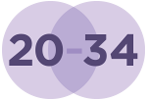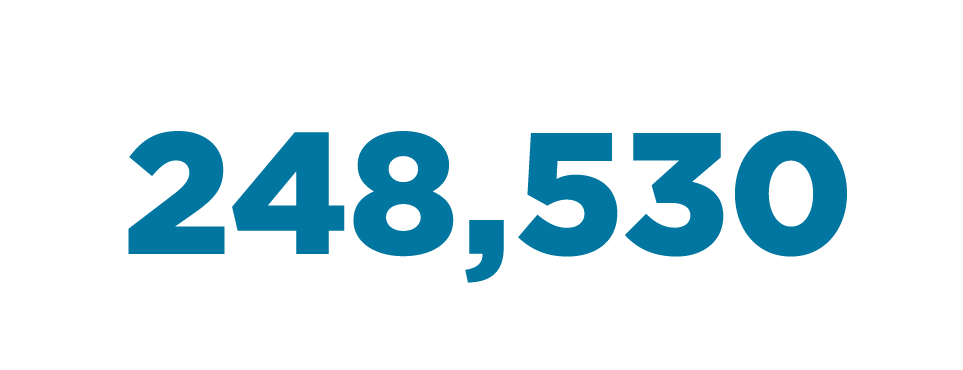Join Erlanger Urology and the Erlanger Cancer Institute in their effort to raise awareness of men’s health, including prostate and testicular cancer. Grow a stache, know the risks, and help start the important conversation about preventive measures men can take to combat prostate and testicular cancer.
Get the facts
TOP 5 CANCERS
in males under 40
1. Testicular
2. Melanoma
3. Lymphoma
4. Colorectal
5. Leukemia
Lifetime chance of developing testicular cancer.1
Almost 1/2 of all testicular cancer cases are men between the ages of 20 and 34.2
Risk of dying of testicular cancer. When caught early, testicular cancer can be treated and usually cured.3
TOP 5 CANCERS
in males over 40
1. Prostate
2. Lung
3. Colorectal
4. Bladder
5. Melanoma
new cases of prostate cancer will be diagnosed in the US this year.4
of all prostate cancers are diagnosed in men ages 65 and older.5
Early detection is critical
You can detect testicular cancer by doing a monthly testicular self-exam. Follow these steps.
- Do the exam after a warm shower or bath. The warmth relaxes the skin of the scrotum, making it easier to feel for anything unusual.
- Use both hands to examine each testicle. Place your index and middle fingers underneath the testicle and your thumbs on top. Roll the testicle between your thumbs and fingers. (It's normal for testicles to be different sizes.)
- As you feel the testicle, you may notice a cord-like structure on top and in back of the testicle. This structure is called the epididymis. It stores and transports sperm. Do not confuse it with a lump.
- Feel for any lumps. Lumps can be pea-size or larger and are often painless. If you notice a lump, contact your doctor. Also check for any change in size, shape, or consistency of the testes.
- You should also get a physical exam once a year.
Yearly screenings are the best way to detect prostate cancer
When prostate cancer does cause symptoms or signs, it is usually diagnosed in a later stage. These symptoms and signs may include:
- Frequent urination
- Weak or interrupted urine flow or the need to strain to empty the bladder
- The urge to urinate frequently at night
- Blood in the urine
- Blood in the seminal fluid
- New onset of erectile dysfunction
- Pain or burning during urination, which is much less common
- Discomfort or pain when sitting, caused by an enlarged prostate
References
1Testicular Cancer Awareness Foundation. Statistics and Risk Factors. Accessed 11/18/2019.
2American Cancer Society. Risk Factors for Testicular Cancer. Accessed 11/18/2019.
3American Cancer Society. Key Statistics for Testicular Cancer. Accessed 11/18/2019.
4American Cancer Society. Key Statistics for Prostate Cancer. Accessed 11/15/2021.
5American Cancer Society. Key Statistics for Prostate Cancer. Accessed 11/15/2021.
This content was last reviewed on 11/15/2019 by a designated specialist, physician and/or provider with Erlanger Urology. It is not intended to replace medical advice from your doctor or healthcare provider. Please consult your healthcare provider for guidance on specific medical conditions.



.ashx)




